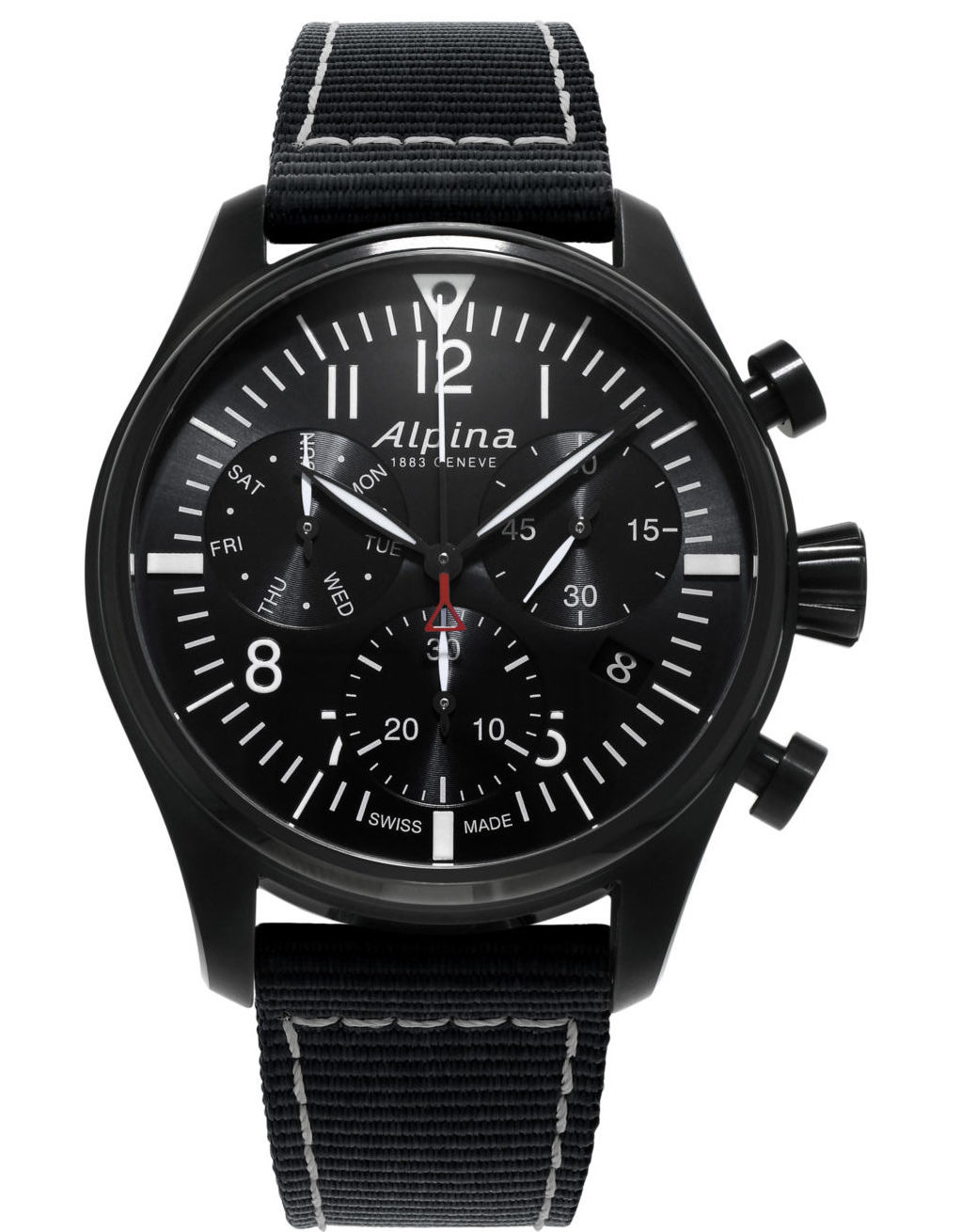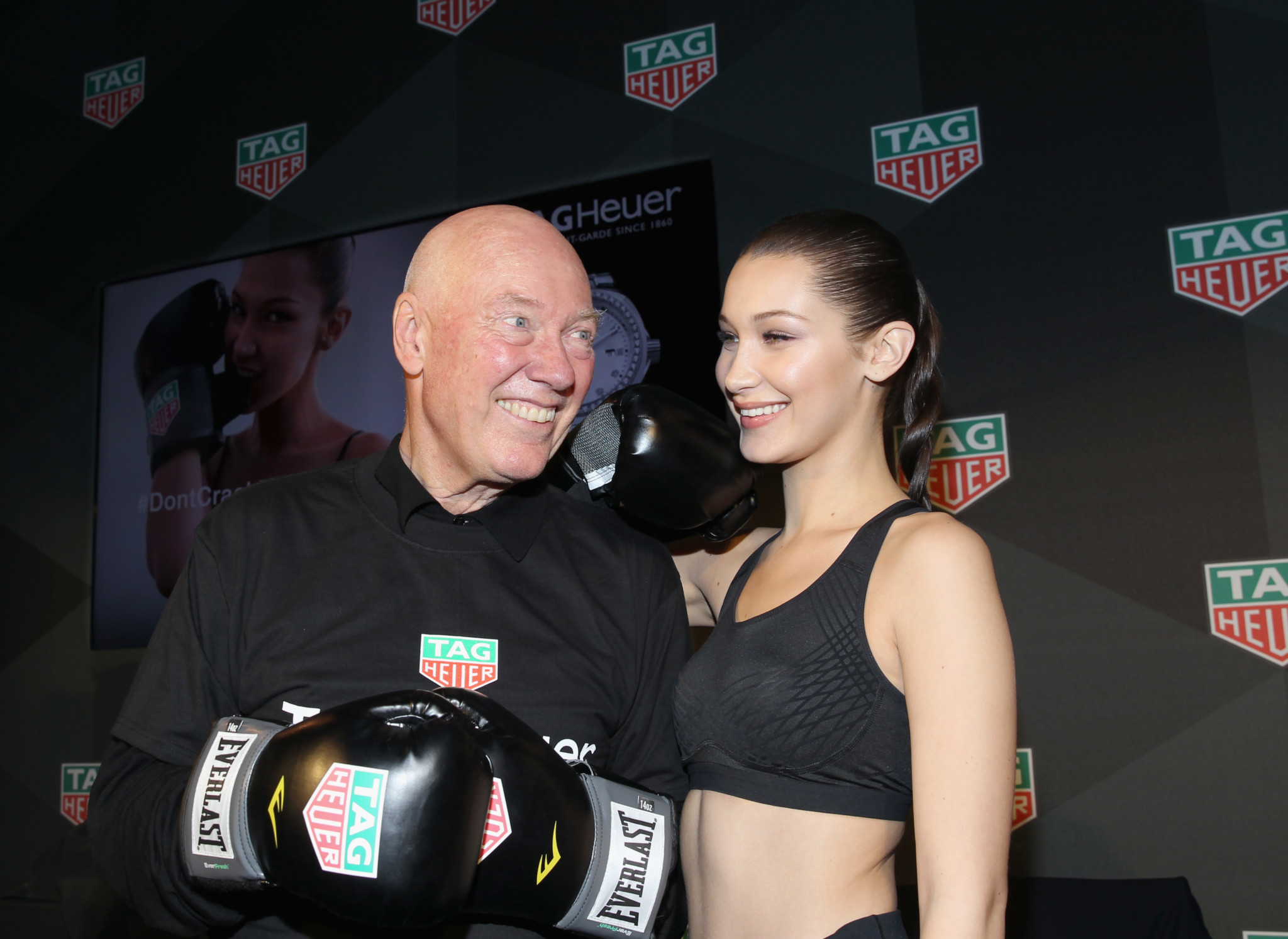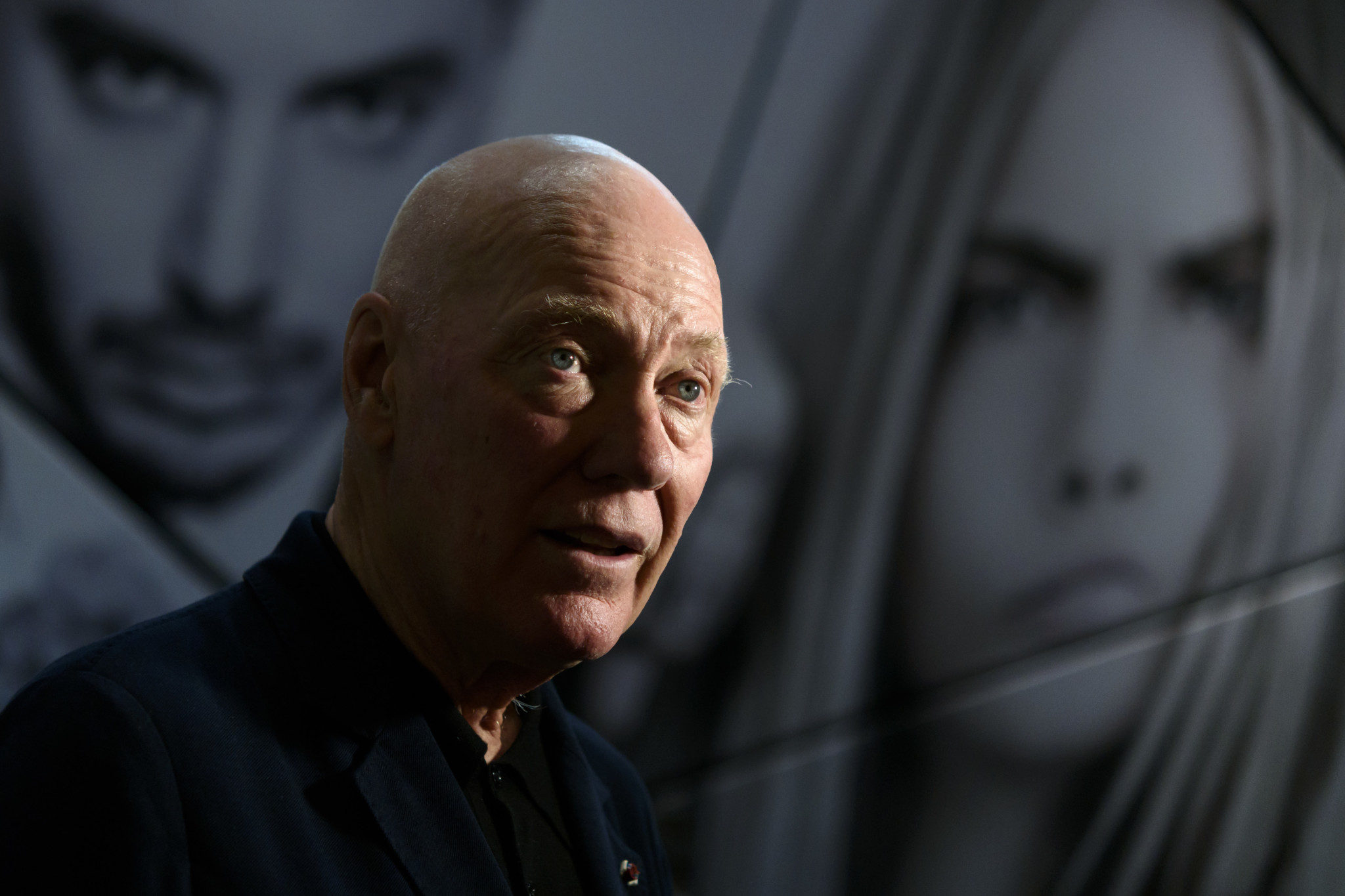Today’s young luxury watch buyers care little about their parents’ attachment to shopping in oak-lined traditional jewellers, and will happily browse for information and shop online for five-figure timepieces. That will be a challenge to even Britain’s best multi-brand watch retailers, but one they must accept and adapt to if they are to survive argues Jean-Claude Biver, CEO of TAG Heuer and President of the LVMH Group Watch Division, in this wide-ranging conversation with WatchPro about the evolution of global retail.
Retailer partners of TAG Heuer, Hublot, Zenith and Bulgari need to adapt to a world of mono-brand watch boutiques and direct to consumer ecommerce or be left behind as customer behaviour changes.
The stark warning comes from Jean-Claude Biver, CEO of TAG Heuer and President of the LVMH Group Watch Division, in conversation with WatchPro at this year’s Baselworld exhibition, with the industry veteran suggesting that technology is driving channel developments throughout the supply chain and retail landscape.
“It is changing so fast. The first thing that is changing is the attitude of the new generation of customers. You have the revolution of online, so the question is how to compete when you have a physical store,” Mr Biver says.
The answer to this modern day and fast-evolving challenge is as old as retail itself. “You can only compete if you have stock, if you have the same level of choice for customers. If a Hublot store has 120 references to choose from and the multi-brand store has only 20 references, then the multi-brand does not have many opportunities to sell. But if the multi-brand has 60 references, then it is different, it can compete. If it also has 60 references from Breitling and 60 from Richard Mille or Audemars Piguet, then the customers feel secure because they can compare brands,” Mr Biver suggests.

More watches from fewer brands also allows a multi-brand store to train its sales team better, and give more independent and expert advice to customers. “If the multi-brand can educate and give an experience and win your trust, then you feel better in that shop because the guy is objective. The Hublot guy in a Hublot shop will only tell you Hublot is good. They need to specialise or they will lose against the mono-brands and mono-brand ecommerce shops. There is a strategy for the multi-brands, but need to rethink,” Mr Biver continues.
Unlike emerging markets like China and Hong Kong, Britain’s retail landscape is dominated by multi-brands, and they are not just facing increased competition directly from the likes of TAG Heuer and Hublot via their mono-brand stores and ecommerce, they are also being broadsided by grey market traders and pre-owned watch platforms such as Chrono24 and Chronext.
Mr Biver sees a distinction between the discounting of new watches that are being traded on the grey market between countries, and the genuine pre-owned business. “They have already changed the landscape, and I am supportive of these channels when they sell second hand watches, especially when they sell second hand watches with guarantees from the factories. That is perfect. But I support them much less if they buy from the grey market and then sell just by discounting because luxury cannot be sold just on price. This only happens if you have a distribution network where you are selling in more than the watches are selling-out. Or you have dishonest people who are prepared to take just 10% margin and then sell on to another retailer at a 30% discount,” he says.
LVMH understands that it must accept some responsibility for fuelling the rise of grey market sales if sales into retailers dramatically exceed sales out to consumers. This may not be happening for the most popular models, but can be a significant problem if brands and their authorised dealers misjudge demand and get stuck with end of season stock that will not shift. “We should buy back if this happens because we are responsible for the sell-out,” Mr Biver states forcefully. “People used to tell me we are only responsible for the sell-in and it is much more difficult to monitor sell-out. We should never give up trying to control sell-out because, at the end of the day, sell-out dictates sell-in. You can come with a novelty that everybody wants to buy, but if the retailers cannot sell it, then next year they will not buy again. Then you are in the shit,” he adds.
To avoid this fate, LVMH tracks every sale using data from each new watch’s warranty card. “We have a system now that tracks sell-out as well as sell-in. I have instant reports that show me sales by retailer, by sales person, by brand, by model, by serial number that are selling-out. No watch can be sold without me getting this information because the retailer has to activate the guarantee card that has a chip in it that is read by a card reader and then the Oracle-based system gives us all that information,” Mr Biver describes while showing WatchPro minute-by-minute updates from retailers in every corner of the globe on his mobile phone. “It is perfect, 100%, over a few months, the gap between sell-in and sell-out should be zero,” he adds.

Real-time stock management is part of the solution to reviving LVMH’s most troublesome brand, Zenith, which was rebooted at 2017’s Baselworld ahead of a new chief executive, Julien Tornare, being appointed (WatchPro has an interview in its June edition with Mr Tornare). The reboot came with a new marketing slogan and positioning statement that Zenith is “the future of tradition”. The slogan, WatchPro suggests to Mr Biver, is meaningless and difficult for retailers to understand and pitch to customers.
“Zenith has to stay in the tradition, but with our eyes on today,” Mr Biver snaps back in a statement that left WatchPro even more confused. “Let’s talk movements,” he presses on. “El Primero was created 50 years ago, but we did not have a plan for the future of El Primero. So I say, the history of El Primero was one tenth [of a second chronograph], the future is one hundredth. That is the future of tradition. The future of accuracy is our new escapement that has more accuracy than ever, but it could not have been made 50 years ago because at that time silicon was not on the market. The future of the traditional escapement is the Defy Lab,” he explains.
A year on from the reboot, and four months since El Primero Defy 21 went on sale with Zenith’s retail partners, the watch has exceeded Mr Biver’s expectations. Around 8000 Defy 21 watches have been sold into retail since November, and 82% of them have sold-out in that time. “This is unheard of,” he says.
“We used to have a problem with inventory piling up in distribution so retailers stopped buying. But now, we cannot get product to them fast enough. I can only say that in the four months since we introduced Defy 21 I have been given sufficient confidence to say that our concept has legs. Our concept is not just intellectual. It also increases sales,” Mr Biver concludes.

The network of Zenith retailers in Britain is being trimmed this year, the company’s chief executive Mr Tornare told WatchPro. There were around 35 Zenith partners at the start of the year, and this will be cut to 25 by the end of the consolidation. The aim is to give the remaining authorised dealers fewer competitors, and encourage them to invest more, Mr Tornare says.
LVMH is operating in a more joined up manner throughout the group and across its global retail partner network. At the innovation, engineering and artistic level, the group’s four watch brands are collaborating more and more, with experts frequently sequestered from one to another to spread technical, creative and business expertise. On the logistics front, the group’s inventory management system, based on customer guarantees, is giving 20-20 visibility of where watches are selling across the world. Mr Biver, it appears, has become as hooked on data as any self-respecting Silicon Valley software CEO.
The UK has been a star performer for the group in the past few years, with turnover for LVMH UK Limited more than doubling from £47 million in 2010-11 to £93 million in 2016-17. Operating profit jumped from £6 million to just under £10 million in just one year following the Brexit vote in 2016.

